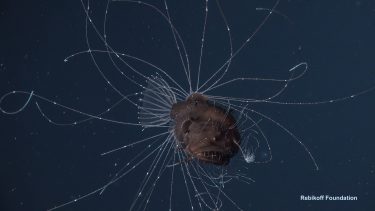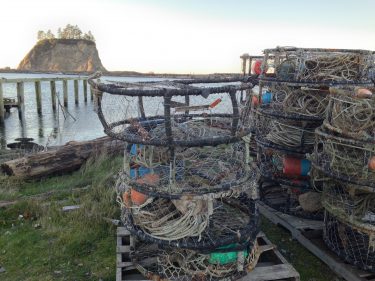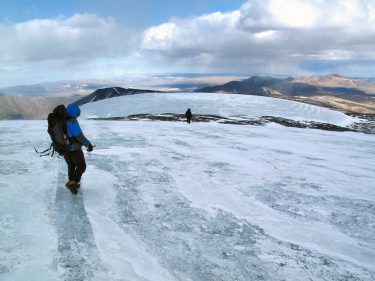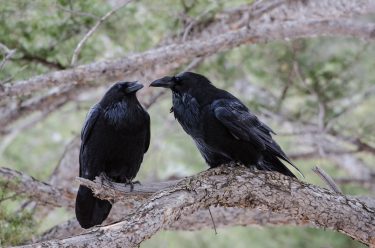If you log into Twitter on a Sunday and search for #SundayFishSketch, you’ll find a plethora of illustrations of fishes and other marine species. They’re submitted by scientists, artists and anyone else inspired to create, from Seattle to Scotland. #SundayFishSketch was created by Rene Martin, a Ph.D. student in the Department of Ecology and Evolutionary Biology at the University of Kansas, in 2016. She had practiced art throughout her life and realized illustration’s capacity for science communication while finishing her master’s degree.
“Art speaks volumes and sparks interest in ways that words and writing sometimes can’t,” Martin said. “To get back into illustration, keep myself consistent and encourage others in the process, I decided to post my drawings on Twitter.”
Martin, who will be taking a fish biomechanics course with School of Aquatic and Fishery Sciences‘ professor Adam Summers at Friday Harbor Labs this summer, got the accountability she was looking for by posting her work regularly and using the hashtag. Other Twitter users joined in, adding in their own illustrations and sharing others’ art that had been tagged.
One regular contributor to #SundayFishSketch is Spencer Showalter, a UW graduate student in the School of Marine and Environmental Affairs who’s studying the presence of algal neurotoxins in Alaska’s pink salmon.
“I saw #SundayFishSketch and thought, ‘Hey, I can draw fish!'” Showalter said. “I had folders of fish drawings that only my grandmother — a proper, made-a-living-off-it artist — had ever seen. I decided that I would use the hashtag to make sure I kept drawing.”
https://twitter.com/spencerseas/status/970516735613747200
https://twitter.com/spencerseas/status/962898207461163008
In recent months, Showalter has shared a handful of her works — some in pen and ink and others that incorporate bold, bright paints. She says she wasn’t a visual artist growing up and didn’t begin painting until she was in college. She honed the skill over several years during science courses that took her into the field.
“My sophomore year [at Boston University], I traveled to Belize for a research class, and part of the assignment was to keep a field journal and draw a ridiculous number of fishes. That journal looked objectively terrible, but I had to draw so many that I came to enjoy it.”
Showalter continued to practice and improve her capacity to create art in the field. Although it wasn’t an assignment, she kept sketch journals as a part of subsequent fieldwork in Ecuador and Belize.
“I’m not a great artist, and it’s not something I have a lot of time for, but I’m happy with what I draw,” she said. “I like to pick a fish with some sort of fun fact or conservation message so that there’s more of a conversation around it. Also, I think fish are overlooked in a world of cute, fuzzy animals, and I like to point out that they’re pretty cute, too.”
https://twitter.com/spencerseas/status/914613183670657024
https://twitter.com/spencerseas/status/967996902955409409
“Every week I’m in shock and awe of how many people participate and the community of individuals that has grown around #SundayFishSketch,” Martin said. “It’s wonderful to see peoples’ artistic abilities flourish and gain new insight into new fishes every week through beautiful art.”
Read More











